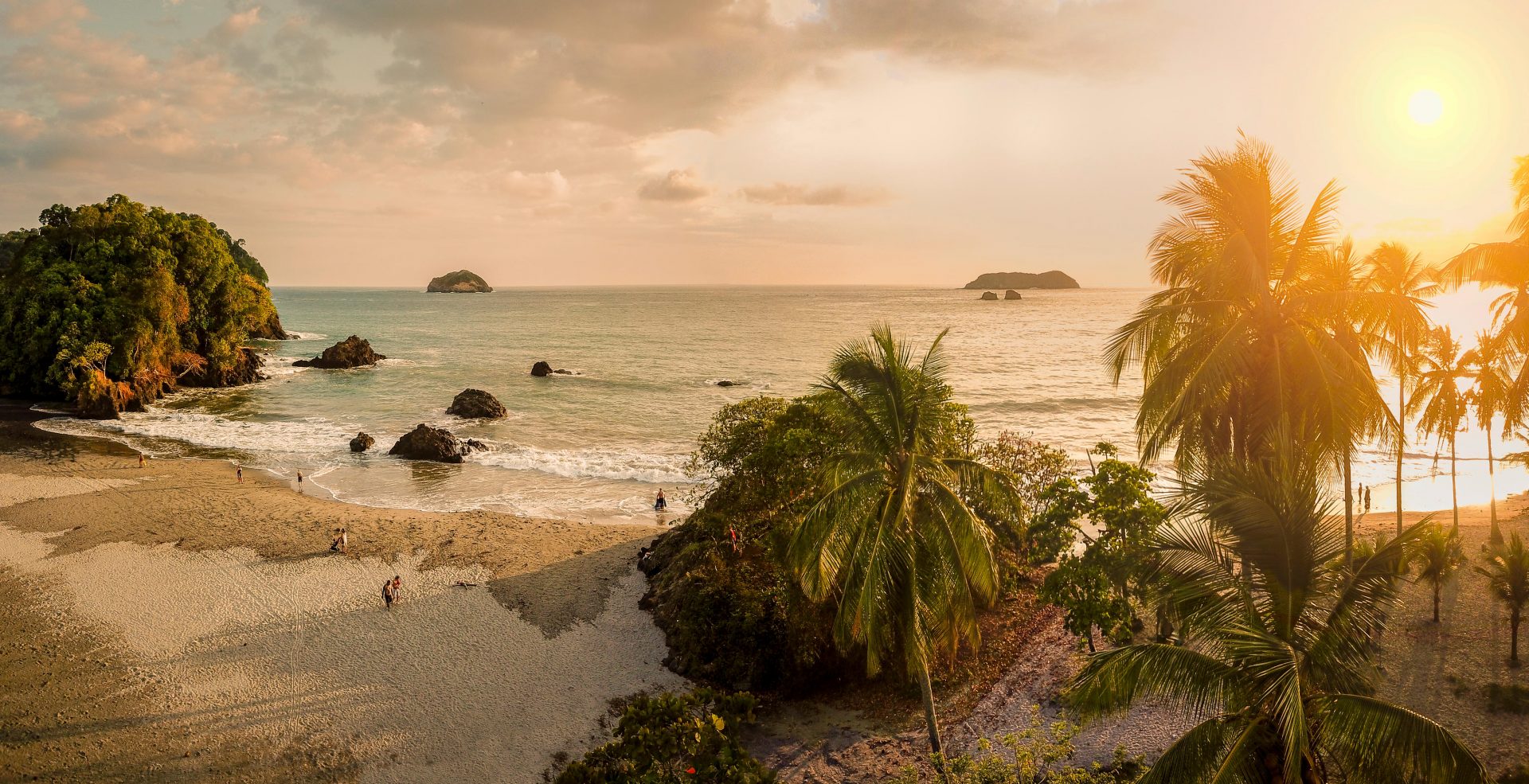We are used to thinking of Central America as being predominantly Spanish-speaking. That is not wrong, but there are two riders to it.
First, indigenous American languages, including varieties of Mayan, are widely spoken there.
Secondly, during the 19th century, there was an extensive expansion of native English speakers from the Caribbean – most notably Jamaica – to eastern coastal areas of the Central American mainland.
In Costa Rica, this was particularly focused on the coastal city of Limón. Most of the immigrants arrived to work on the construction of the railway, used to transport coffee from the interior highlands to the coast.
The first migrants from Jamaica arrived in Limón in 1872. Their numbers increased rapidly, and by 1873 there were more than 1,000 Jamaican workers in the port.
They had little contact with the Spanish-speaking centre and Pacific coast of the country, and they had their own schools, with teachers brought over from Jamaica.
These days, there is a rather unusual sociolinguistic situation in Costa Rica. For the past 150 years, mother-tongue English, which is now very widely spoken in eastern Costa Rica, has had lower social status than Spanish, the official language.
Spanish is spoken natively in Costa Rica by people who are mostly of European origin. The anglophones, on the other hand, are people of sub-Saharan African origin who have, in the past, been subject to considerable racial discrimination.
Unbelievably, until 1949 they were actually forbidden by law to travel any further inland from the Caribbean coast than a certain fixed point in the central highlands.
Today, younger English speakers are all bilingual in Spanish and English – necessarily so, because they are required to speak Spanish in school – and recent reports suggest that English is giving way to Spanish to a certain extent, as is also happening on the anglophone Colombian islands and coastal areas of Nicaragua.
However, as I learnt when I was fortunate enough to be able to visit the area some years ago, it has become clear to many anglophone Afro-Costa Rican families on the Caribbean coast that it is an advantage, especially in tourist areas, to be bilingual in Spanish and English, and they are making sure to pass English on to their children.
The community has maintained its own distinctive culture – they play cricket, for example – and this may also help with the survival of English as a native language.
A similar situation can be found in neighbouring Panama, where English is spoken natively by minorities in three different provinces. The first is Bocas del Toro, where an anglophone community was founded by people who had left the Colombian island of San Andrés in 1827 (see TNE #265). The other two areas are Panama City and Colón, where English speakers of Jamaican origin have been in residence since the mid-1800s.
As in Costa Rica, people from the Caribbean migrated to Panama to find work, in this case assisting in the building of the railway and the Panama Canal.
Anglophones make up about 14% of the total population of Panama, but younger speakers are all bilingual, and some shift to Spanish is taking place.
Rich Coast
Costa Rica is Spanish for ‘rich coast’. The name of the Caribbean island Puerto Rico means ‘rich port’. Costa is grammatically feminine, puerto is masculine.
As required by Spanish grammar, the adjective ‘rich’ agrees with the gender of the nouns for coast and port, by having two different endings, as in rica and rico.




